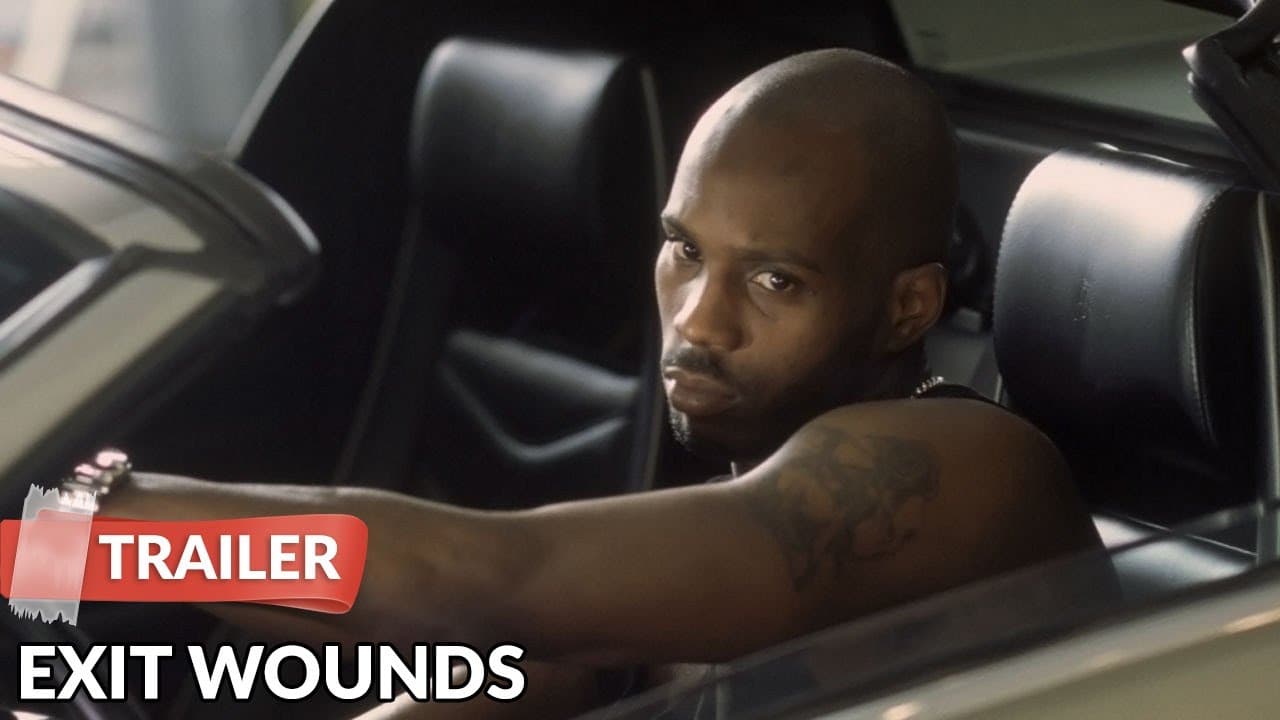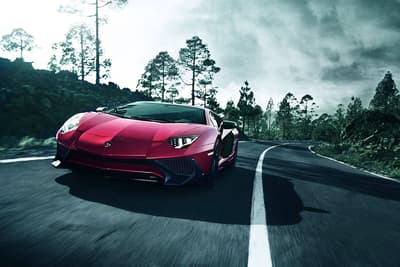Earl Simmons, known by his stage name DMX, was an American rapper and actor famed for his gruff delivery and introspective lyricism, which helped him ascend the ranks of East Coast hip-hop prominence in the late 1990s and early 2000s. His work on albums such as “It’s Dark and Hell Is Hot” and “…And Then There Was X” not only garnered multi-platinum status but also solidified his place in the pantheon of hip-hop heavyweights. Beyond his musical exploits, DMX extended his artistic reach into acting, with one of his notable roles in the 2001 action film “Exit Wounds”.
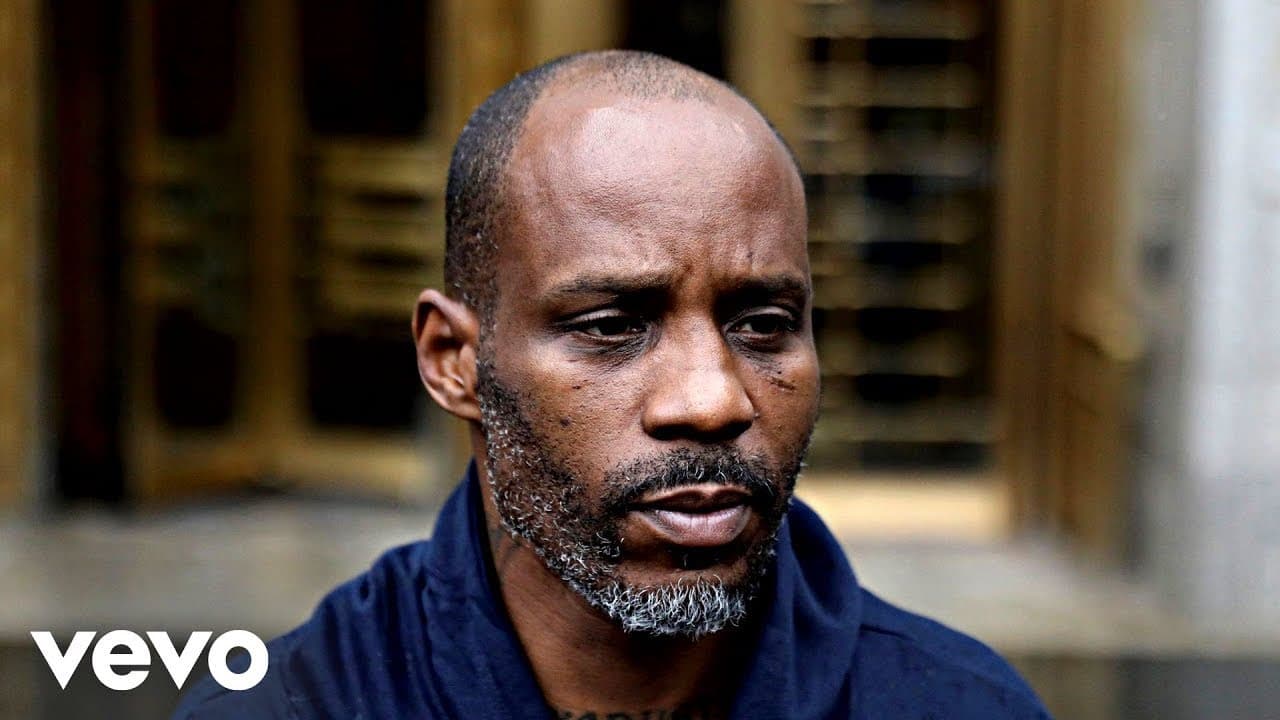
What is “Exit Wounds” about?
“Exit Wounds” is an action movie directed by Andrzej Bartkowiak and released in 2001. The film is an adaptation of John Westermann’s novel of the same name and melds intense action with a storyline revolving around police corruption and drug trafficking.
The cast includes Steven Seagal as Orin Boyd, a Detroit detective with a penchant for pushing boundaries, and DMX as Latrell Walker, an enigmatic figure whose wealth and street connections hint at a deeper role in the city’s criminal underbelly. The film, set against the backdrop of a gritty Detroit landscape, allows DMX to showcase his acting chops alongside established action star Seagal and a strong supporting cast, including Isaiah Washington, Michael Jai White, and Jill Hennessy.
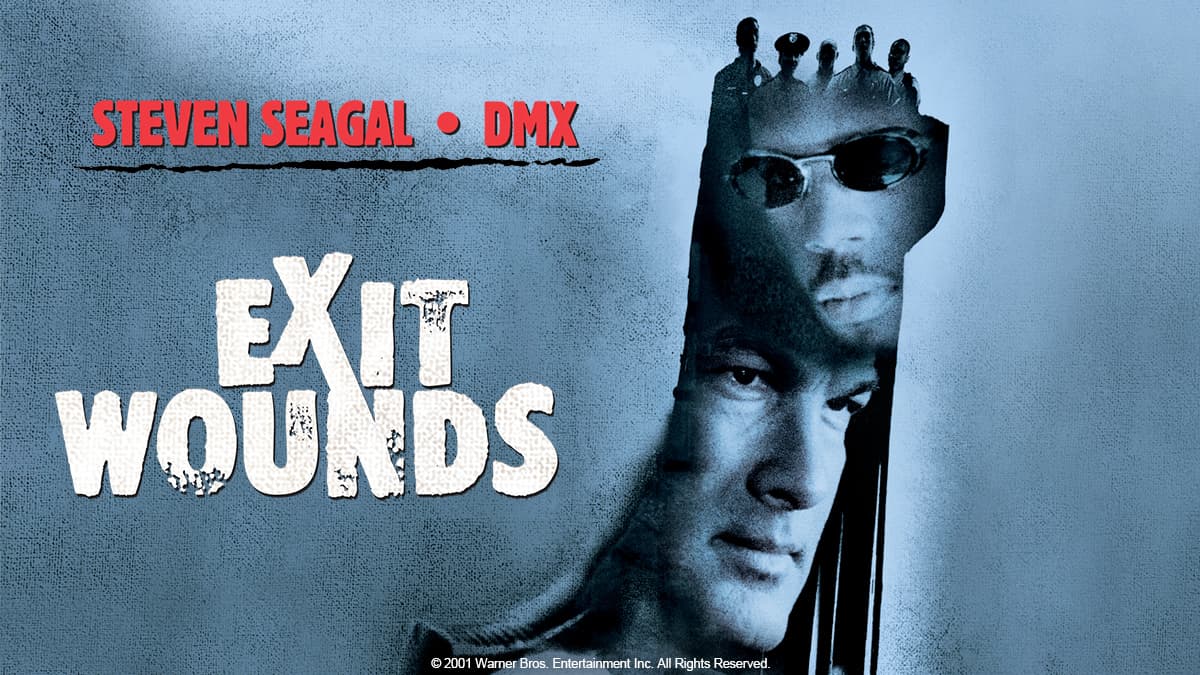
The scene of buying a Lamborghini in “Exit Wounds”
Within “Exit Wounds,” there’s a particularly memorable scene where DMX’s character, Latrell Walker, is seen purchasing a Lamborghini Diablo VT Roadster. The scene is not merely a display of wealth. Still, it serves as a character development tool, signaling Walker’s complex status and taste for life’s finer things, and it offers a glimpse into the world of luxury vehicles for the audience.
The Lamborghini Diablo VT Roadster
When the Lamborghini Diablo VT Roadster first appeared, it was a statement piece from the storied Italian automaker. Introduced in 1995, the VT (“Viscous Traction”) Roadster version of the Diablo came with an enhanced all-wheel-drive system that supplemented the already formidable performance of the standard model. This system was engineered to provide better handling by allocating power to the front wheels when rear-wheel slippage was detected, an advancement that showcased Lamborghini’s commitment to blending performance with drivability.
The Diablo itself was a product of its era, embodying the early ’90s supercar ethos with its sharp, aggressive lines and the infamous scissor doors, a hallmark of Lamborghini’s flamboyant design philosophy. Beneath the rear bonnet lay a 5.7-liter V12 engine, capable of propelling the Diablo VT Roadster from 0 to 60 mph in just under 4 seconds, with a top speed in the vicinity of 200 mph—a figure that was particularly impressive at the time of its release.
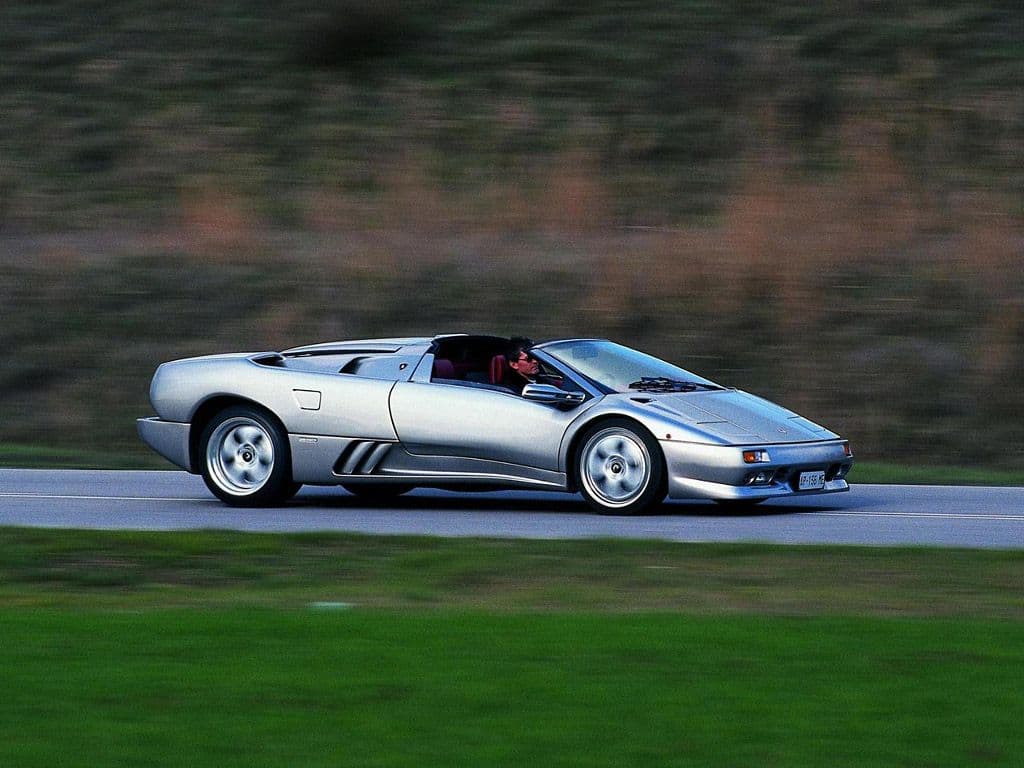
In terms of specifications, the Roadster variant boasted a removable targa-style carbon fiber roof that could be stowed above the engine bay, a feature that accentuated the driving experience by allowing the roar of the V12 and the rush of the wind to fill the cabin when opened. The interior blended luxury and sportiness, with ample leather and a driver-focused cockpit that catered to the car’s high-performance nature.
The legacy of the Diablo, and particularly the VT Roadster, is interwoven with the evolution of Lamborghini as a company during the ’90s, navigating through ownership changes and the pursuit of refining the brand’s image. The car, much like the character of Latrell Walker in “Exit Wounds,” symbolized a bridge between raw power and a new level of sophistication—a testament to Lamborghini’s relentless innovation in creating vehicles that were as much about heart-stopping performance as they were about visceral appeal.

